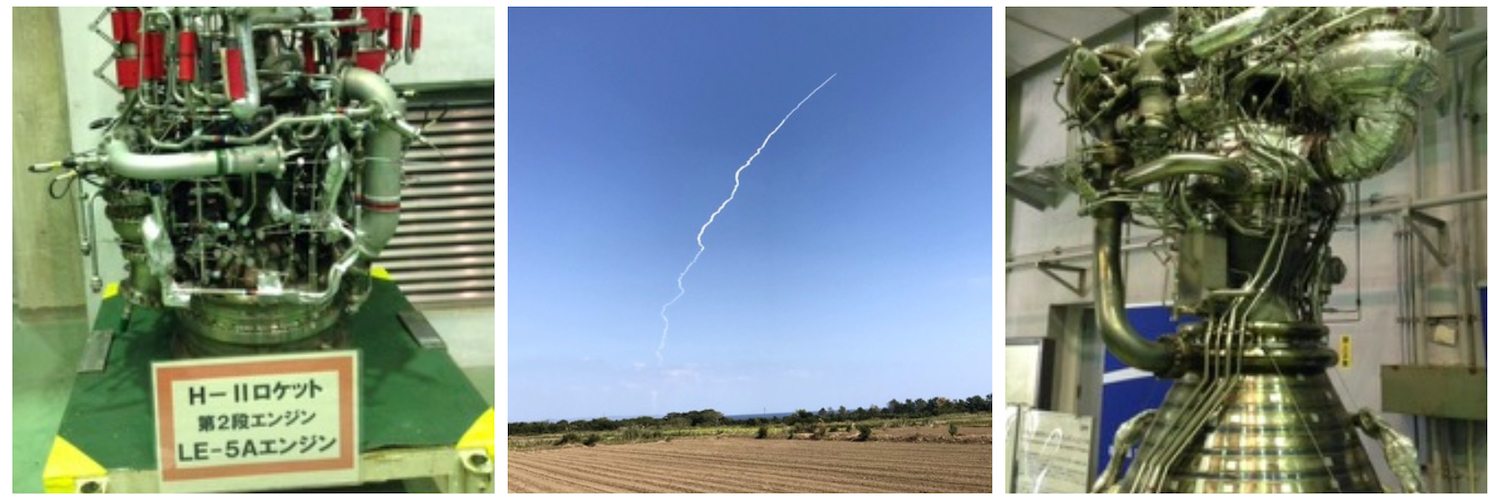Member? Please login
Graham’s Column
(BCCJ WRU newsletter – December 11, 2020)
In a digital world, old science is showing its teeth. Good news from the Pharma world about Covid vaccines and the serious science behind such rapid results have been incredible feats of research, development and rigorous testing. And last week Japan had something to celebrate – the return to earth of part of the magnificent Hayabusa 2 space mission, after a 5 billion (and counting) kilometre journey into space, collecting samples from the Ryugu asteroid on the way.
If you’ve never seen a space rocket launch, you really should.
From Yakushima we can see rockets launched from the Tanegashima Space Centre on the neighbouring island of Tanegashima. One of these in 2014 was Hayabusa 2, the start of its flight. As well as being awesome engineering projects, there’s also an air of romance about rocket launches too. I didn’t know what to expect the first time I saw one – we stood in the fields near us chatting away on a beautiful sunny day. Then there was a distant burst of fire followed by an object rising slowly in the air. It seemed to pause for a second, as though collecting its thoughts, before rising in the sky with a plume of white tail fizzing out as it disappeared from view. Eventually, too, across the 20km of water separating us from Tanegashima, came the sound of the launch, a distant boom for us of this huge release of energy.
A visitor last year saw her first rocket launch and put it well in her blog “Rocket launches are among the most amazing technological achievements of human kind, yet they have a strongly emotional feel. I cannot explains the sadness that dawned on me when the rocket got out of view, thinking of its lonely journey ahead.” I think everyone seeing a launch has their own reaction; the crowd really does fall silent during those first agonising upward moments. And if you get the chance, the exhibition at the Tanegashima Space Centre is worth a look too.
My personal reaction was just awe at how much effort is required to leave earth and how much we can’t yet do. To put space – and Hayabusa 2 – in perspective, it has so far travelled 5,276,266,094 kilometres; and according to the JAXA website is now 1,868,244km from earth, having headed back out into space. By comparison, the International Space Station is in orbit around 400km from earth, while most of the satellites we have put into space are between 160 and 36,000 km up there. Apollo 13 reached around 400,171km from earth, when it swung round the far side of the moon, apparently the farthest point any human has been from this planet.
And while out there, Hayabusa 2 has successfully landed on tiny 1km diameter asteroid, Ryugu, hurtling through space, launched a series of remotely controlled activities on the surface, and now brought back samples for scientific examination. Just imagine being in control of something so far away, operating with surgical precision to execute its tasks.
We’ve become used to technology and the digital world has brought so many benefits in so many ways. But maybe last week we saw some inspiration from other areas of research too – wouldn’t it be wonderful if some children decided that they wanted a life in medical research or rocket science. And isn’t it a cause for celebration when science and technology succeed – it really is amazing what we can do.





